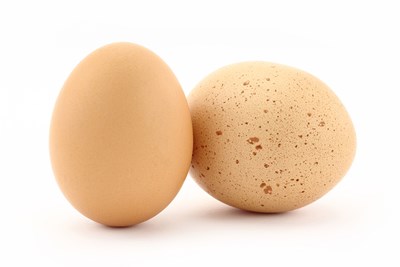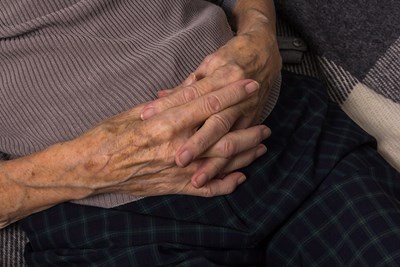Once you reach middle age, you may start to notice an increasing number of liver spots developing on your skin. These spots, also referred to as age spots, are very common among people over the age of 40. Here is a comprehensive overview of everything you need to know about your liver spots, including symptoms, causes, and treatments.
Symptoms
Liver spots are flat and oval and appear as tan, brown, or black. These spots develop on areas that have frequent and prolonged sun exposure. Common areas that age spots develop are on the backs of hands, tops of feet, the face, the upper back, and the shoulders. The size of the spots can range from freckle-size to half an inch across. They can also develop in groups, making them more noticeable.
Liver spots are typically harmless, but your doctor should monitor spots that are especially dark or that have changed in appearance. Changes can be a sign of melanoma, which is a type of skin cancer.
Causes
The most common cause of liver spots is years of exposure to ultraviolet (UV) light from the sun. Using tanning lamps or tanning beds can also lead to liver spots. This is because the production of melanin, the pigment in the upper layer of your skin that gives it color, accelerates when exposed to UV light.
Liver spots begin to develop when melanin becomes “clumped” or when melanin is produced in high concentrations.
Risk Factors
Liver spots can develop on anyone, even at a young age, but there are a few factors that increase your risk.
- Fair skin
- Being over the age of 40
- A personal history of frequent exposure to the sun or sunburns
Diagnosis
A visual inspection is usually that's necessary to diagnose liver spots. If there is any concern over whether something is a liver spot or something worse, your doctor can order a skin biopsy. This test involves taking a small skin sample for microscopic analysis. The sample collection can be done in your doctor’s office with a local anesthetic.
Treatment
Liver spots are harmless and usually do not need treatment. There are, however, cosmetic options if you find the spots visually unpleasant. Bleaching creams can be used on the spots, but results will take about four to six weeks. Products like these should be used in combination with suntan lotion. You may experience itching, redness, burning or dryness when using bleaching cream.
Freezing (cryotherapy) is another option for getting rid of liver spots. Liquid nitrogen, or another freezing agent, is applied to the liver spot to destroy the extra pigment. Your skin will look lighter as you heal. This method is typically used on one spot or a small group of spots. In addition to temporary irritation, the procedure also has a risk of permanent scarring or discoloration.
A chemical peel involves applying an acid to burn or "peel" the outer layer of your skin. As you heal, new skin grows. More than one treatment may be needed before results are seen. The procedure can cost anywhere from $600 to $900. Risks of chemical peels include temporary irritation and discoloration.



